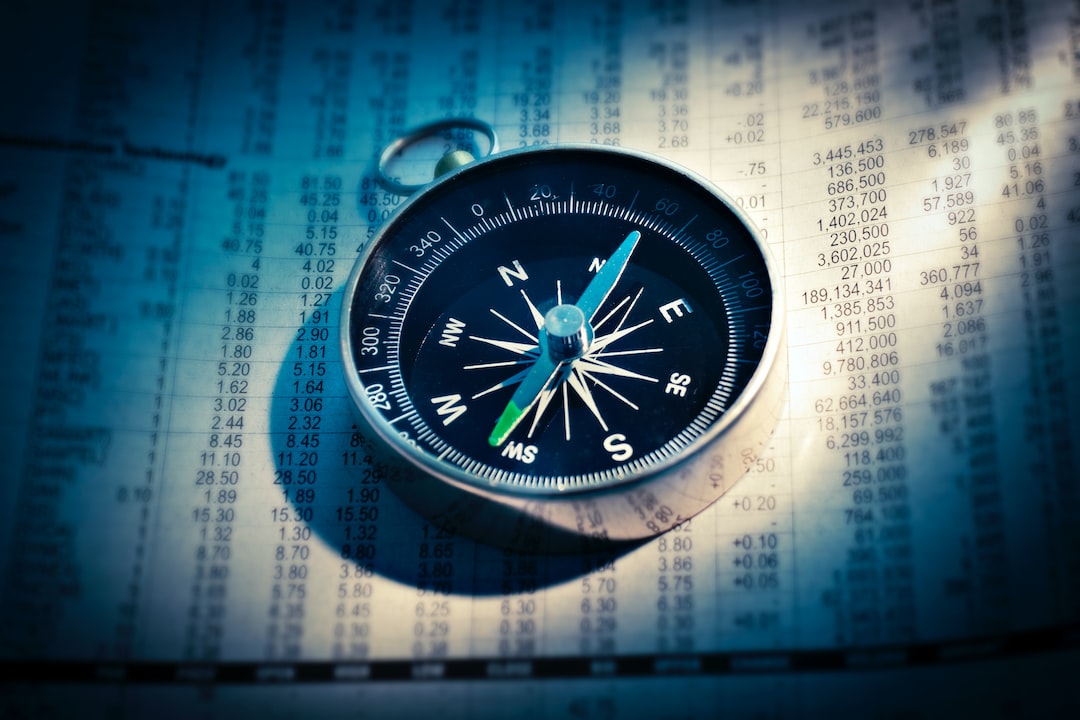Liquidity is a term used to describe the ease with which an asset can be bought or sold in the market without affecting its price. In the forex market, liquidity is essential because traders need to be able to buy and sell currencies quickly and efficiently to make a profit. Understanding how to spot liquidity in forex is a crucial skill for any trader looking to succeed in the market.
What is liquidity?
Liquidity refers to the ability of an asset to be converted into cash quickly and at a fair price. In the forex market, liquidity is the degree to which a currency can be bought or sold without affecting its price. The more liquid a currency is, the easier it is to buy or sell, and the more stable its price will be.
Why is liquidity important in forex?
Liquidity is essential in forex because it allows traders to buy and sell currencies quickly and efficiently. When there is high liquidity in the market, traders can enter and exit positions without affecting the price of the currency. This means that traders can execute trades at the current market price without experiencing significant slippage or price fluctuations.
On the other hand, when liquidity is low, traders may experience significant slippage, which can result in unexpected losses. For example, if a trader wants to sell a currency pair, but there are no buyers at the current price, they may have to sell at a lower price, resulting in a loss.
How to spot liquidity in forex?
1. Look at the bid-ask spread
The bid-ask spread is the difference between the highest price a buyer is willing to pay for a currency and the lowest price a seller is willing to accept. A narrow bid-ask spread indicates high liquidity, while a wide bid-ask spread indicates low liquidity. When the bid-ask spread is narrow, traders can buy or sell currencies at a fair price without affecting the market.
2. Check the trading volume
Trading volume is the number of units of currency traded in a given period. High trading volume indicates high liquidity, while low trading volume indicates low liquidity. When trading volume is high, traders can buy or sell currencies quickly and efficiently, without experiencing significant slippage.
3. Look at the time of day
The forex market is open 24 hours a day, five days a week. However, liquidity varies depending on the time of day. The most liquid times in the forex market are when the New York and London markets are open simultaneously. During these times, there is a high volume of trading activity and liquidity is at its highest.
4. Check for news events
News events can significantly affect liquidity in the forex market. For example, when a major economic announcement is made, such as a central bank interest rate decision, liquidity can increase or decrease depending on the reaction of traders. Traders should be aware of upcoming news events and adjust their trading strategies accordingly.
Conclusion
Spotting liquidity in forex is crucial for traders looking to succeed in the market. High liquidity allows traders to buy and sell currencies quickly and efficiently, without experiencing significant slippage or price fluctuations. By checking the bid-ask spread, trading volume, time of day, and news events, traders can identify periods of high liquidity and adjust their trading strategies accordingly.





